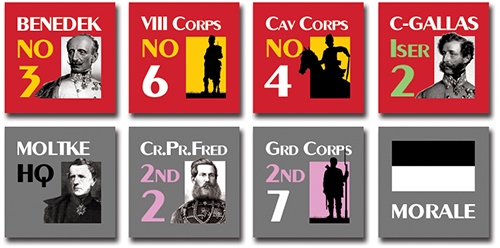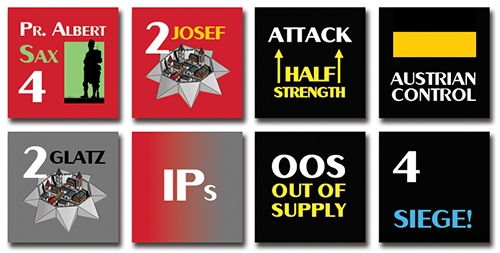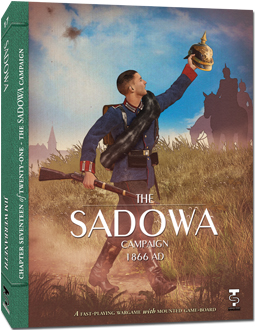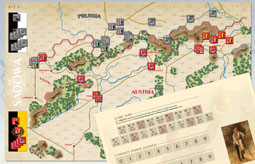The Sadowa CampaignAs we have mentioned before, there have been many lively discussions about the validity of the choices Creasy/Mitchell made for a short list of battles throughout western history. Perhaps the selection of Sadowa-- an unheard of campaign from an almost overlooked war (Austria vs. Prussia, 1866)-- prompts the most vigor. And yet, one could make the case that Sadowa is the single most significant battle in the entire book, with ripples that had enormous impact over the next century. If the Austrians had won at Sadowa, it is unlikely World War 1 would have happened as it did. Take away WW1, and is there a WW2?
Backing up this bold statement, remember that 1866 sees Prussia as a rising German state among still scattered principalities. Austria and France were both uneasy at Prussia's growth. If there was to be more German unification, the Austrians expected to be the central player, and in fact the French made an ultimatum to Prussia and nearly joined in this war on Austria's side (probably better for them if they had!). Once the war began, history watched fast-moving Prussian formations defeat or outwit stumbling, hesitating Austrian forces. Oddly enough, the Austrian overall commander was one person in the country who did not want this war, moving slowly (too slowly to support his Saxon allies, who were quickly knocked out of the war) and placing his superior forces into defensive positions where they still suffered defeats. He suggested to the govern- ment that they needed to make peace ASAP, then misinterpreted the response as a direct order to "make a stand." He selected favorable terrain, up against the Elbe between Sadowa and Königgrätz (the two names the battle is known by). And waited.
Outnumbered nearly 1-2, the Prussians attacked anyway. While the Austrian artillery was far superior, the Prussians were using breech-loading rifles and infantry tactics that supported both movement and prone firing. Though they took heavy losses, attacking kept the initiative out of Austrian hands, and when Prussian reinforcements evened the odds, the battle was over. A series of bold Austrian cavalry charges allowed the army to withdraw (it was still that kind of warfare) but the war's outcome was only a matter of time. Prussia ended up stronger, the French more envious, and the seeds of 1870 were planted. Our Sadowa campaign lets players explore the options open to both sides. Initiative is key and can allow one side the chance to make several partial moves in a row, thus capturing the sweeping moves each side made (or tried to). The Prussian player has further options, like bringing in his superior General HQ (and all the drama of the Prussian court), or choosing "foraging" tactics which simplify his supply but cost him victory points (for the damage this does to his army).
The Sadowa Campaign includes:Map: Full color, 11” x 17” mounted mapboardPieces: 100 full color, die-cut counters Rulesbook: 12 pages Charts and Displays: One player aid chart Skill Level: Easy Designer: Jim Werbaneth Can you, as the Prussia player, start down the path toward Germany being a world power? Or can you, as the Austrian player, strengthen your fragmented empire and avert the future catastrophe Germany's ambition will bring to Europe? Find out with The Sadowa Campaign. |
Download the latest rules in PDF format Email us your questions and comments Download examples of play for Sadowa. Visit our game support folder on Consimworld About the Designer: Jim Werbaneth was the staff developer for Turning Point Simulations for close to ten years. His game design work started with Inchon for Command Magazine, and went on to GMT's Britain Stands Alone, and Rommel at Gazala, both in a self-published version, and a 2015 edition for LnL Publications. In addition, he has published Line of Departure wargaming quarterly since 1991, and has written for all the major war- gaming publications, including Against the Odds. Along the way he earned six Charles S. Roberts Awards, five for Line of Departure and one for Inchon, plus The General's Editor's Choice Award. In his day job Jim is an online Assistant Professor of political science at the American Public University System [APUS] full-time, and is an adjunct instructor in political science and history at La Roche College. He has given presentations on political science, military history and strategy in both the United States and Europe. He holds a BA and MA in political science from Duquesne University and is finishing a second Masters, in military history, from American Military University, due in 2016. He is also a graduate of Shady Side Academy. He lives about twenty miles north of Pittsburgh. |
|
View Cart
Go to Checkout
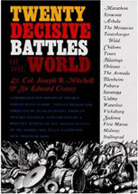 >
>In 1964, historian Lt. Col. Joseph B. Mitchell published a compact book, Twenty Decisive Battles of the World, an expansion of Sir Edward Creasy's most famous work from a hundred years past, updating it into the 20th Century.
Turning Point Simulations (TPS), a division of LPS Inc, examines these 20 battles with a new series of boxed wargames. These games emphasize accessibility and playability, and come with hard-mounted maps and mounted, die-cut counters. Each battle is presented in a design of low complexity, but high challenge, from some of the industry's top designers.
And be sure to check out our sister publication Against the Odds!
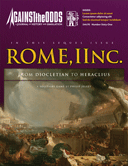
While TPS games focus on the decisive battles across time, Against the Odds magazine investigates all of military history from a broad perspective. The economic, political, religious and social aspects of warfare are examined in concert with events on the battlefield. Get yourself truly "connected" with games and gaming by subscribing to Against the Odds! Learn more...
